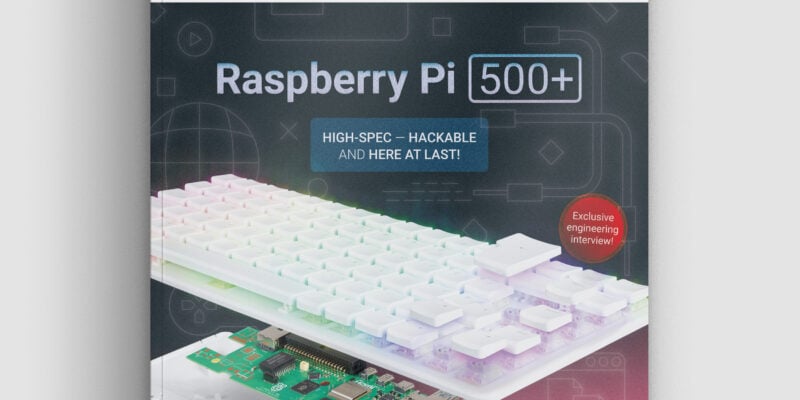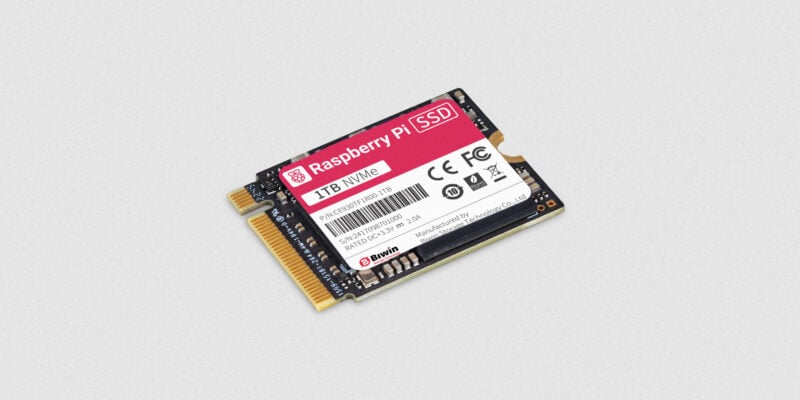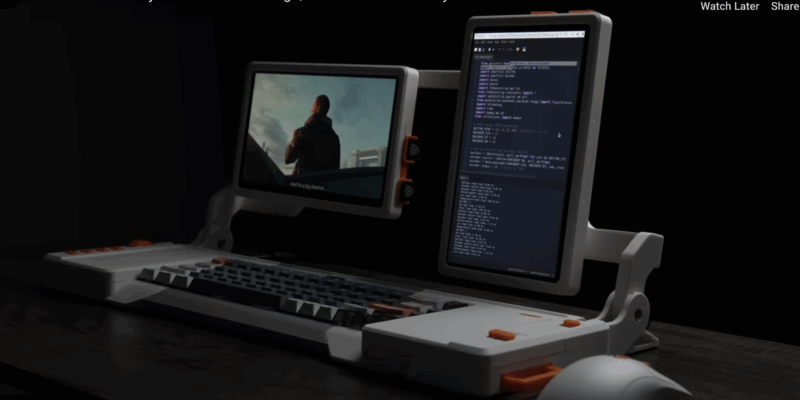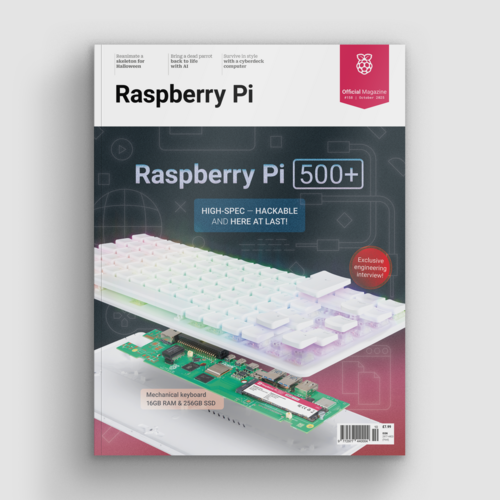Coinkite Opendime
By Gareth Halfacree. Posted
This article was originally published as part of HackSpace magazine, which has since been incorporated into Raspberry Pi Official Magazine.

2017 was the year cryptocurrencies truly went mainstream. Previously the reserve of computer scientists and crypto-anarchists, cryptocurrencies like Bitcoin and Litecoin dominated headlines – thanks in no small part to an explosion in value that saw the value of Bitcoin increase tenfold over the year.
Advertisement
The desktop computer you've been waiting for: Raspberry Pi 500+
Bitcoin, though, has a problem: scaling. Its peer-to-peer trustless ‘blockchain’ technology only supports between four and eight transactions per second, gathered and processed in 1MB blocks every ten minutes. What was plenty in 2010, when a handful of early adopters were buying pizzas for 10 000 Bitcoin, is woefully inadequate now millions of users around the globe are looking to play.
Coinkite’s solution to the problem is unique: the Opendime, a hardware wallet which turns Bitcoin into a highly secure and tamperproof digital bearer bond.
Measuring 47 mm long, the Opendime looks like a USB flash drive stripped of its casing. When first connected to a PC it shows up as a flash drive with a set of instructions telling you to drag-and-drop a file of at least 256kB in size. This file provides entropy, or randomness, which is combined with data from a hardware true random number generator (TRNG) to generate a Bitcoin private key – the part of a Bitcoin wallet you need in order to actually spend your hard-earned cryptocurrency.

So far, so standard-hardware-wallet. Where the Opendime differs is in how it uses the private key post-generation: the key is stored in a secure enclave on the device’s processor, wholly inaccessible to the user. In this state you can load Bitcoin onto the Opendime – the public key being accessible on any PC, smartphone, or tablet with USB mass storage support – but have no way to retrieve it again.
To spend any stored Bitcoin, you need to physically cut off the transparent protective heat-shrink wrapping surrounding the device and push a pin through a hole on the underside of the Opendime. Doing so pops a small resistor off the board, and the next time the Opendime is connected it permanently and irrevocably unlocks itself – providing a copy of the previously hidden private key which can then be used to ‘sweep’ the coins away from the Opendime and into a more traditional ‘hot’ Bitcoin wallet for spending on whatever you fancy.
It’s a trick that makes the Opendime an expensive way to spend Bitcoin: while you can technically reuse an Opendime once unlocked, doing so loses its security. Coinkite’s vision is that Opendimes can be used for in-person transactions – buying a car, say, or giving someone Bitcoin as a birthday present – with the cast-iron guarantee, not available from traditional wallets, that nobody has sneakily kept a copy of the private key in order to steal the coins away again.
It’s a fantastic idea with only one issue: price. At $37.50 plus shipping and VAT for a three-pack, a single Opendime will set you back around £15 – an expensive ‘gift card’ to be handing someone, but one they are sure to find interesting.
$37.50 for three Coinkite.com
Verdict
A smart, secure, attractive, but ultimately expensive way to transact Bitcoin in person.
7/10
Subscribe to Raspberry Pi Official Magazine
Save up to 37% off the cover price and get a FREE Raspberry Pi Pico 2 W with a subscription to Raspberry Pi Official Magazine.
More articles

Raspberry Pi 500+ in Raspberry Pi Official Magazine issue 158
We’re quite taken with Raspberry Pi 500+. But when you don’t need all that processing power, and just want a board that will make a plastic skeleton jump around in a terrifying manner, you’ll find Raspberry Pi Pico more than up to the job. There’s more terror in the magazine (which is only right as […]
Read more →

Win one of five Raspberry Pi SSD 1TB
Raspberry Pi prides itself on high quality hardware, and this 1TB Raspberry Pi SSD is no different. You can use it with a standard Raspberry Pi or even in your desktop PC – the choice is yours. We have five to give away and you can enter below Win 1 of 5 Raspberry Pi SSD […]
Read more →

Dual-screen cyberdeck
Twin screens mean you can code on one screen while watching David Bowie’s 1978 Musikladen show on the other.
Read more →
Sign up to the newsletter
Get every issue delivered directly to your inbox and keep up to date with the latest news, offers, events, and more.

